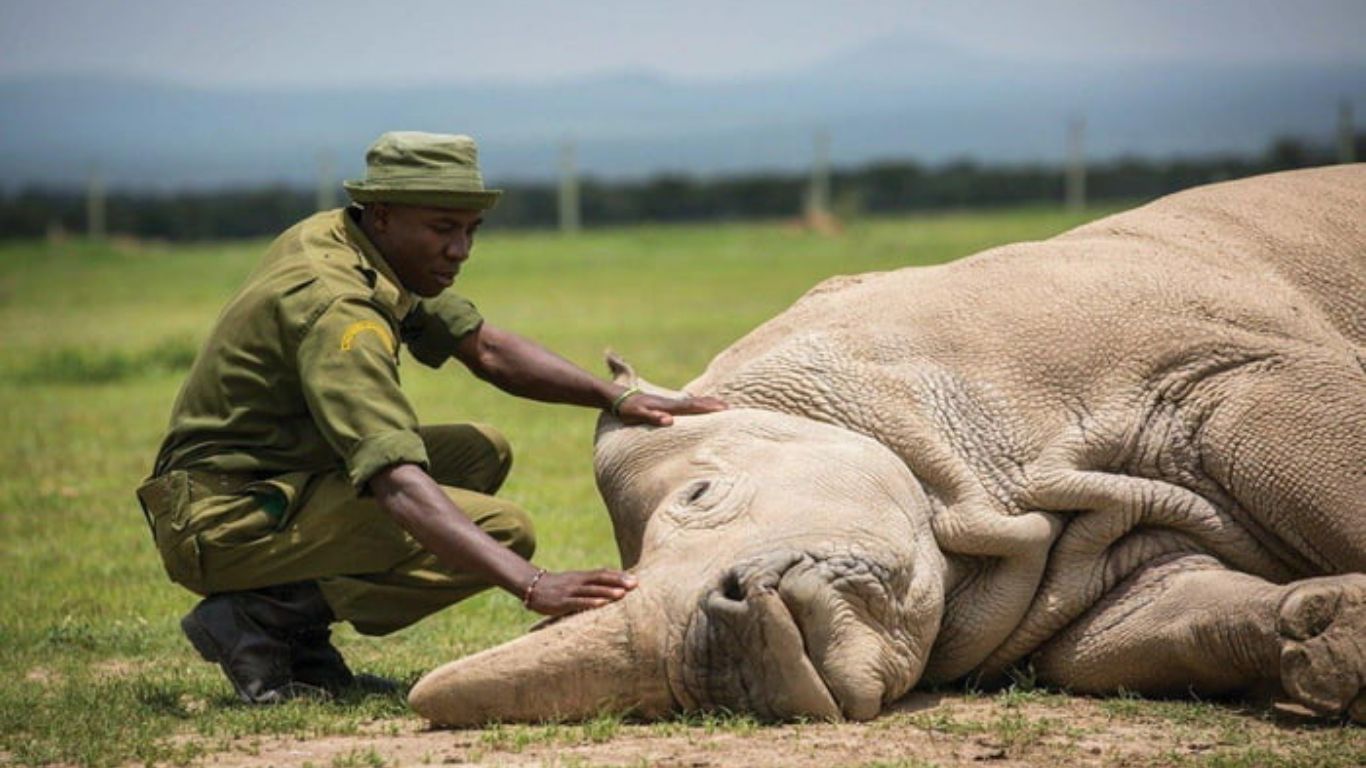With over 1.3 billion industry workers worldwide, the cultural and economic significance of livestock farming cannot be overemphasized. Yet land deficits, market uncertainties, and regulation risks destabilize farmers, ranchers, and rural communities. Increasingly, a “just transition” is called for against such a challenge by integrating emerging technologies like cellular agriculture and precision fermentation with heritage practices for the sake of economic stability, social balance, and ecological resilience. One such pioneering research by Aleph Farms and Federation University Australia offers a blueprint for such transition by outlining how cooperation and diversity can ensure a future of sustainable production.
Why a Just Transition is Needed in Livestock Farming
The concept of a just transition, originally developed in the energy sector to buffer the workers during the transition from the nonrenewable fuels to the renewable sources, is now being translated to the agriculture sector. Compared to the centralized energy sectors, the livestock production is firmly rooted in the local supply chain and rural culture. The interdependence demands that we not attempt to replace conventional agriculture but make it more diverse by giving the producers new tools and new markets with which to cope with the change.
One transition that is specifically for livestock farmers is simply placing farmers and ranchers at the center of the food system in the wake of economic, ecological, and technical change. It is about holding onto knowledge, practices, and living that define their profession and giving them the means to be successful in a changing world. It is about embracing such technologies as cellular agriculture—lab-grown meat from animal cells—and precision fermentation, as well as regenerative farming practices to ensure soil health and sustainability.
Lessons from International Research
Led by Ph.D. candidate Priyambada Joshi and former Vice President for Sustainability and Policy at Aleph Farms, Dr. Lee Recht, the research examines the beef industry in the USA, then in France, and eventually in Brazil, surveying and interviewing more than 150 producers. The research finds the diverse difficulties and prospects for the industry as well as the need for regionalized policies in order to ensure an equitable transition.
- USA: Financial stability, land access, and labor stability define resilience, say United States beef producers. To reduce risks like market volatilities and climatic risks, others are looking towards precision ag technologies—i.e., farm technologies that rely on data—or multiple streams of revenue. Some are, for instance, experimenting with value-added product or injecting renewable energy into their mix to reduce the cost and environmental impact.
- France: French producers of pasture-finished beef face particular problems, including market instability, the need for generational replacement, and structural production system adaptation. Shared strategies, i.e., cooperatives or shared facilities, are well suited to stabilizing the sector. Cooperatives, for example, facilitate a sharing of facilities or marketing for the farmers, which lowers the financial burden per farmer and enhances competitiveness.
- Brazil: The second round of case studies will look at livestock farming in Brazil, a leading exporter of beef. Through an analysis of this critical market’s dynamics, the project will strive for a more refined understanding of transition pathways in general terms under varied economic, environmental, and cultural conditions.
The five critical risks for livestock producers are enumerated by the report as production risk (land shortages, climatic risks), financial risk (rising land, labor, and feed prices), human risk (labour shortages, aging farm populations), policy risk (environmental policy, trade policy), and market risk (input and output price fluctuations). To offset them, producers are turning to such measures as sustainable grazing, multiple sources of income, cooperative farms, and alternative finance instruments like carbon credit schemes or low-cost loans for sustainable agriculture.
The Role of Cellular Agriculture in a Just Transition
Most prominent is the desire of producers to adopt cellular agriculture. Approximately 27% of producers believe that cultivated and conventional beef can exist together in the market, and 42% are willing. A further 15% see the prospect of direct cooperation between the conventional and cultivated beef industries, with nearly half (49%) actively developing their ideas. This ambivalence offers an unprecedented chance to have a conversation and collaboration and frame cellular agriculture as an adjunct, not replacement, for conventional livestock production.
Cellular agriculture, which is the production of meat from animal cells without the need for livestock, comes with many benefits. It frees up water and land resources, lowers greenhouse gas emissions, and can be intensified to meet rising global protein demands. Similarly, precision fermentation—making use of microbes as a means of generating proteins like dairy or egg alternatives—presents other options for diversification. Through the combination of the synergy of such technologies with regenerative livestock production such as rotational grazing for sequestering carbon and maintaining the health of the soil, producers can construct a more adaptive and resilient food system.
For example, a cattle rancher can combine traditional beef production and cell agriculture partnerships and use their land for both cell supply and grazing. The hybrid model can secure revenue streams without reducing the footprint. Similarly, precision fermentation can allow farmers to produce valuable ingredients like alternative proteins alongside traditional crops, tapping into newly emerging markets backed by sustainable product demand.
A More Collaborative Approach
The transition will be achieved through cooperation between researchers, policymakers, food innovators, and farmers. Three priorities for transition are identified by Aleph Farms and Federation University Australia’s research.
- Enhanced Research and Information Exchange: Shared research programs integrating traditional farming practices and food technologies are a priority. Through their investigations of the ways regenerative ag and cellular ag can complement one another, researchers are able to identify practical, scalable strategies that are tailored to regional conditions. Information exchange mechanisms, such as workshops or networks, can facilitate dissemination of the newest tools and knowledge to producers.
- Improve Infrastructure and Finance: Rural communities need improved access to infrastructure, such as processing, transportation networks, and broadband coverage, to support diversified production. Financial products, including grants, low-interest loans, and insurance products that are specific to the risks of weather, can help farmers access new technologies or convert to hybrid configurations without requiring disproportionate capital expenditures.
- Policy Enabling Environments: The government must implement inclusive, dynamic policies that promote economic resilience during transitional periods. Perhaps it is the subsidies for the adoption of sustainable practices, tax rebates for the use of cellular agriculture, or retraining schemes to equip farmers with new skills. The policies must be socially inclusive as well, so that the poor and small farmers are not excluded.
A Food System for a Secure Food Future
The way forward in food production is in the equilibrium between tradition and innovation. Livestock production, with all its cultural and economic significance, needs to remain a staple of the food system. Yet technologies such as cellular agriculture and precision fermentation provide the tools through which to meet the most pressing problems, from resource degradation to climate change. A just transition is one that employs such innovations to amplify the abilities of the farmers instead of replacing them, creating new possibilities with their current essential role in feeding people. The paper articulates the case for such a transition, demonstrating the way different production practices—regenerative agriculture, cellular agriculture, and precision fermentation—can be combined to craft a more sustainable food system. Through cooperation, infrastructure investment, and the establishment of enabling policy, the stakeholders can ensure that livestock producers are active participants in the future of the food system. With increasing population and growing environmental pressures, the call for a sustainable and fair food system is more urgent than ever. A fair transition for livestock agriculture is a way forward—a way that respects the past, welcomes innovation, and ensures a prosperous future for farmers and ranchers and the people with whom they share their communities.




